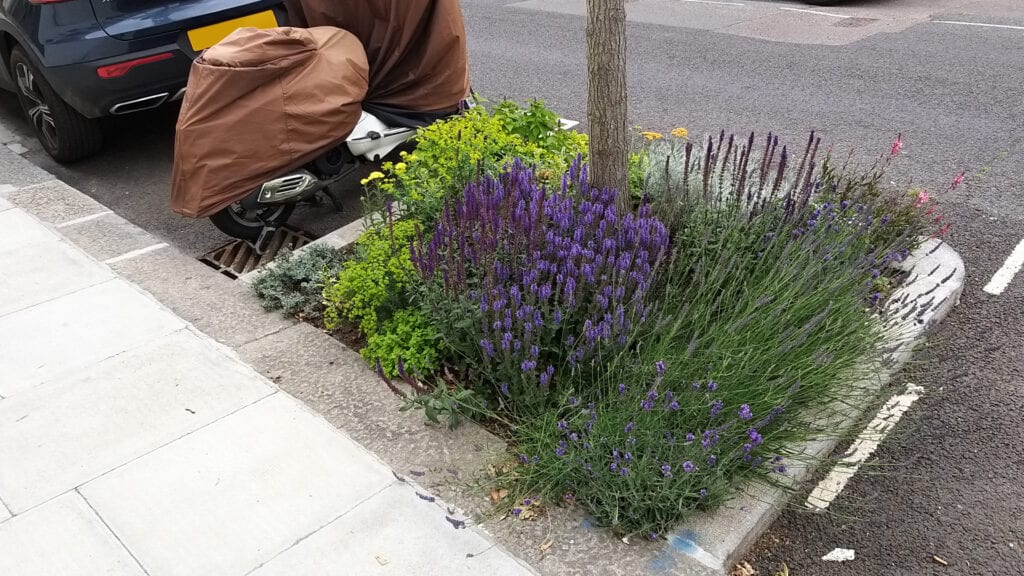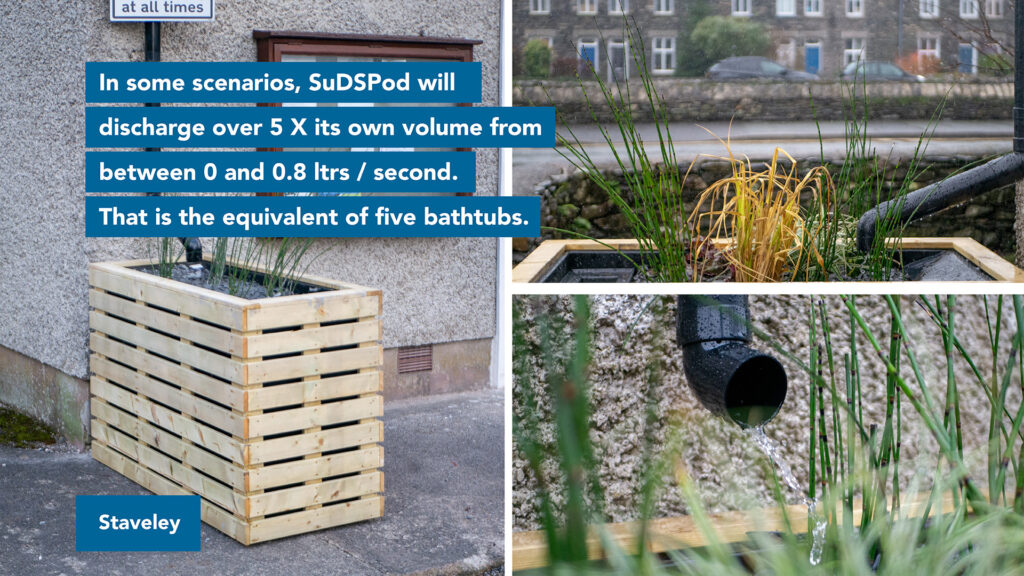Using Sustainable Drainage features requires developers, designers, and planners to adopt a new way of thinking, which can cause some resistance.
However, Sustainable Drainage is not very far removed from existing civil engineering principles when you seriously consider it. What does civil engineering do? It provides answers to problems. In this case, the problem is what to do with excess water. Traditionally, drainage engineers have turned to ‘grey engineering’ solutions, employing gravity to transport water via underground pipes to attenuation tanks or a watercourse. The complex engineering used is pipes and tanks.
Green engineering or Infrastructure (GI) provides alternative solutions to the same problem. It channels excess water away from properties or land to where it can be stored harmlessly until it moves on naturally. That’s the keyword: Naturally. Sustainability means replacing pipes and tanks with structures that mimic nature. It may take a little more thought to design a system that includes swales, rain gardens, tree pits and above-ground planters. But that turns boring drainage design into something more rewarding that adds to the value of new development for potential purchasers – if it’s done right.

The pressure on land for both new developments and built-up areas is such that reducing the footprint of a SuDS/LID (Low-impact development) scheme is a significant factor in the design and delivery of SuDS. Components that intercept stormwater and slow the flow before it reaches a final attenuation or infiltration point reduce the amount of land required for the scheme. This increases the return on the developer’s investment in the land, and given that well-designed SuDS offer additional benefits of amenity and biodiversity, properties protected by SuDS can attract a higher premium. Indeed, some housebuilders have advertised using SuDS as a selling point.
Deciding which SuDS features to employ and how to combine them to create an effective solution is where engineers can complement their engineering problem-solving skills with a creative angle. The engineer’s drive to build a workable, successful solution is satisfied by using a hydraulic model to provide reassurance with the regulator’s demands. At the design stage, the hydraulic model demonstrates the effects that different SuDS features might have on a given site, especially at times of peak flow. It allows the engineer to model different approaches and ‘pioneer’ alternative, creative solutions. Discover more on how to model SuDS solutions on InfoDrainage with our Object Templates here.

Rising to the challenge of becoming good at SuDS design repeatedly proves their worth to developers. Engineers who embrace GI develop a more creative approach to solving problems, often becoming SuDS champions and earning valuable competitive advantages.
Scaling SuDS Schemes – from microSuDS to Major Projects
SuDS systems can work on any scale, from plot-level components like rainwater harvesting and green roofs to very large schemes that include several SuDS systems working together. The impressive scheme in the Grangetown area of Cardiff is an excellent example and one that GreenBlue Urban is proud to have contributed to.
What options are available? Well, not all SuDS interventions have to be central. Small-scale features are possible with systems like GreenBlue Urban’s HydroPlanter. This bioretention rain garden system captures and cleans stormwater and provides amenity and biodiversity to new and existing spaces. The system’s modular nature means it can be used on a single plot as a ‘microSuDs’ or combined to provide adequate flood mitigation on highways or retrofitted into urban environments.

The launch of SuDSPod, a groundbreaking and cost-effective solution that addresses many challenges associated with stormwater management. SuDSPod offers an innovative approach to on-plot attenuation, delivering unparalleled performance while tackling issues such as peak flow rates from roofs, complex designs, and combined sewer overflow (CSO) spills.
The cornerstone of SuDSPod’s success lies in its patented design, which redefines the concept of drain-down vessels for stormwater management.
This next-generation vessel boasts industry-leading attenuation performance, surpassing even its storage volume. This innovation ensures that stormwater can be effectively managed even in the face of rapidly changing weather patterns and intensifying rainfall events
The value of microSuDs close to the source of the rainwater means that there is less of an impact if there should be an issue. When the capacity of a single water harvester is exceeded, there is much less risk of harm than, say, a large bioretention pond overflowing. Moreover, combining microSuDS with other SuD structures dramatically reduces the water volume that must be attenuated.
So it’s a win-win for any developer who takes a creative approach proposed by a drainage engineer who ‘gets SuDs’.
Putting nature at the core of your drainage design strategy is critical to adding value to development projects. The solutions shouldn’t be restricted to holes in the ground. Trees play an essential role in addressing flood risk. Look for the next blog to understand how trees and tree pit systems like ArborFlow add to your SuDS success.

